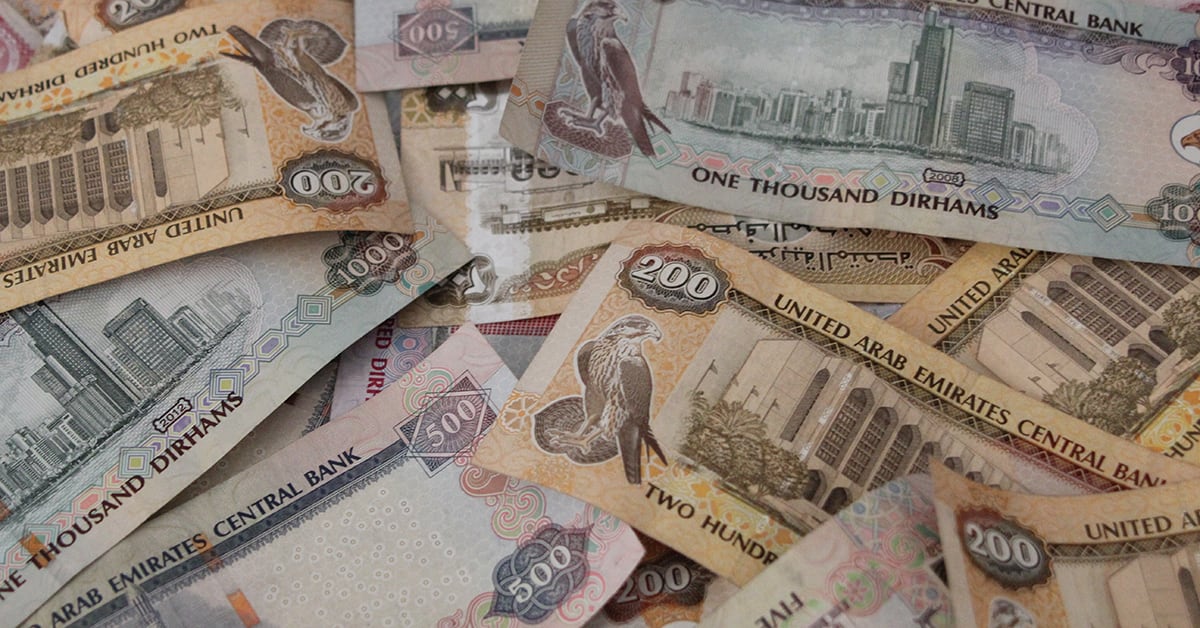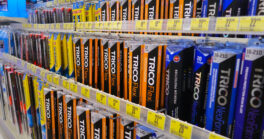Thanks to high hydrocarbon revenues, Arab states invest in Western countries where the economy has slumped.

The Arabian Peninsula is home to nearly 20 sovereign wealth funds (SWFs) that manage around $3.7 trillion—about a third of global state fund assets. Traditionally their role is to invest surplus hydrocarbon revenue to ensure the well-being of domestic economies and future generations after oil wells dry out.
Today, “the main mandate is to diversify away from hydrocarbons,” says Diego López, managing director of Global SWF. This New York-based platform studies over 400 SWFs and public pension funds worldwide.
In 2022, while the value of global sovereign wealth and public pension funds fell approximately $1.2 trillion, Arab piggy banks got substantially bigger thanks to high oil and gas prices. According to the Las Vegas-based SWF Institute ranking, the largest Middle Eastern fund is currently the Abu Dhabi Investment Authority (ADIA) with $790 billion total assets, up about $100 billion year-over-year (y-o-y). Next is the Kuwait Investment Authority (KIA) with $750 billion, up $12 billion y-o-y. In sixth position, Saudi Arabia’s Public Investment Fund (PIF) went from $230 billion in 2018 to more than $600 billion today and plans on reaching $1 trillion by 2025.
Part of that extra capital is spent abroad. According to the Global SWF report, funds from Middle East have more than doubled their investments in the West, including the US and Europe, to $51.6 billion in 2022 from $21.8 billion in 2021. Of the 60 megadeals—$1 billion or more—recorded last year, 26 were carried out by Middle Eastern funds. Exact figures are hard to come by, but milestone operations included the ADIA’s real estate push through joint ventures with Rockpoint and Landmark Properties in the US, Greystar in the UK and Logos in Australia. On the Saudi side, the PIF became the second-biggest shareholder of the luxury carmaker Aston Martin and is in talks to acquire 25% of London Heathrow—Europe’s busiest airport. Emirati Mubadala also multiplied deals in the European telecom sector, investing $1 billion in British broadband provider Cityfibre and acquiring a stake in Scandinavian-based communications company GlobalConnect.
“Middle Eastern investors are driving forward with the pursuit of ‘cheap’ assets in Europe (including the UK) and in the US, and with more limited competition coming from their international peers,” Global SWF highlights in its 2023 annual report, issued in January.
This trend is expected to continue in 2023 and beyond. Over the next four years, the International Monetary Fund reportedly predicts that oil and gas producers in the Middle East and North Africa should capture $1.3 trillion in additional revenue.
Qatar Investment Authority’s (QIA) chief investment officer for Europe, Ahmed Al-Hammadi, says, “The QIA will continue to invest ambitiously in 2023 despite some market uncertainties and concerns of global inflation.”
The Oman Investment Authority announced about $5 billion worth of investments in 65 projects for this year.
Reorganizing Assets
Arab SWFs have been piling up cash for decades but really started attracting international attention only after the 2007 financial crisis, when weary Western banks like Barclay’s, Credit Suisse and Citigroup welcomed large petrodollar injections.
Back then, most Arab funds were still newcomers. As a result, their acquisition strategies were often limited to trophy assets like prime real estate in Paris and London or luxury brands. However, in the early 2010s, they also started investing in major global firms, including retail brands, financial institutions, airlines, energy providers, entertainment companies and hospitality management firms.
“They have become larger in assets and personnel and more mature and sophisticated in what they are looking for,” adds López.
Today, Arab funds employ over 7,000 people. As they gained experience, several institutions were restructured or consolidated to increase performance. Today, they no longer seek prestige investments but want to allocate capital toward assets that yield returns and offer growth perspectives.
“We pride ourselves in making investments that have a positive impact and that can shape the global economy of the future,” says Al-Hammadi, meaning assets that have “a strong investment return and solve real-life issues.”
Blue-chip companies like Tesla and Uber have already attracted billions from Gulf investors that support tech innovation at home in parallel. Abu Dhabi–based investment and holding company ADQ and Mubadala created the G42 Expansion Fund in August, a $10 billion venture to support tech projects in emerging markets.
Climate change is also a growing area of interest. In October 2022, the QIA took a $2.4 billion share in Germany’s multinational energy company RWE, one of the world’s largest producers of clean electricity. Also in 2022, the QIA led a $250 million Series D funding round for Innovafeed, a French biotech company that develops insect-based animal and plant nutrition.
Arab funds also regularly invest in the global sports industry, stirring controversy and prompting Western commentators and fans to accuse Gulf monarchies of “sportswashing.”
Similarly, investments in Western media groups are often described as soft-power attempts by authoritarian Arab countries to control their image abroad. “You just can’t criticize the boss,” says a Paris-based journalist who wants to remain anonymous but works for the publishing division of the Paris-based Lagardere group. Qatar Holding—wholly owned by the QIA—has been a significant shareholder since 2011 in this French media group. The QIA claims to be “a financial investor only, and not an operational investor” and specifies that their “investment decisions are made on a strict economic and financial criteria.”
Powerhouse Behind Domestic Change
At home, Arab SWFs are an insurance policy against economic shocks. In Kuwait, for instance, the KIA has been a lifeline post-Covid when the government couldn’t afford to pay civil servants’ salaries. During the pandemic, state funds bailed out several national companies, especially local airlines.
SWFs are also the financial powerhouse behind the extraordinary changes we see around the region. For example, in Saudi Arabia, the PIF has existed since 1971 but was wholly reshaped when Mohammed bin Salman took over as chair in 2015. Today, the fund is investing hundreds of billions to fuel Vision 2030, the kingdom’s master plan to diversify away from oil.
The PIF invests in landmark projects like Neom, a $500 billion new city, but also in a myriad of locally established companies like Ceer, a new electric vehicle brand; Riyadh Airlines, a new $37 billion national carrier; AviLease, an aircraft leasing company; a coffee brand … It covers virtually all sectors of the economy, even sectors that don’t exist yet.
When building from scratch is impossible, state funds know that abundant liquidity is an important argument for convincing foreign companies to bring their skills directly to the region.
In January, France’s interactive entertainment giant Ubisoft and Hong Kong’s Insilico Medicine biotech company said they would set up regional offices in the United Arab Emirates (UAE) with the support of the Abu Dhabi Investment Office. Britain’s Applied AI Corporation, which specializes in artificial intelligence (AI) applied to healthcare and safety, went a step further and relocated its global headquarters from London to Abu Dhabi. Similarly, toward the end of last year, the PIF bought 62% of US electric car maker Lucid for $915 million. The deal stipulates that Lucid would set up a hub in the kingdom; Saudi Arabia promised to buy up to 100,000 cars in exchange.
Over the years, Arab sovereign funds have become fearsome investors. Today, high energy prices allow them to expand their outreach even further, potentially tilting the global economic balance of power toward the Middle East. But reading into the future takes work, especially as these institutions favor discretion. As a result, information is only partially disclosed about their size, investments, strategies and internal decision-making processes. One thing is sure, however: their behavior reflects the ambitions of their head of state.
“Every fund answers to its stakeholder, which is usually the ministry of finance on behalf of the government—and ultimately, of the citizenry,” comments López. But none of the Gulf countries are democracies. On the contrary, powers are highly concentrated in the hands of the ruler; and there is virtually no system of checks and balances.
In March, UAE President Mohamed bin Zayed Al Nahyan named his brother Tahnoun bin Zayed Al Nahyan to chair the ADIA, and another brother, Mansour bin Zayed Al Nahyan, to the chair of Mubadala. Two of his sons also joined the UAE’s biggest funds, one as a member of the ADIA board and the other as Mubadala’s vice chairman.



